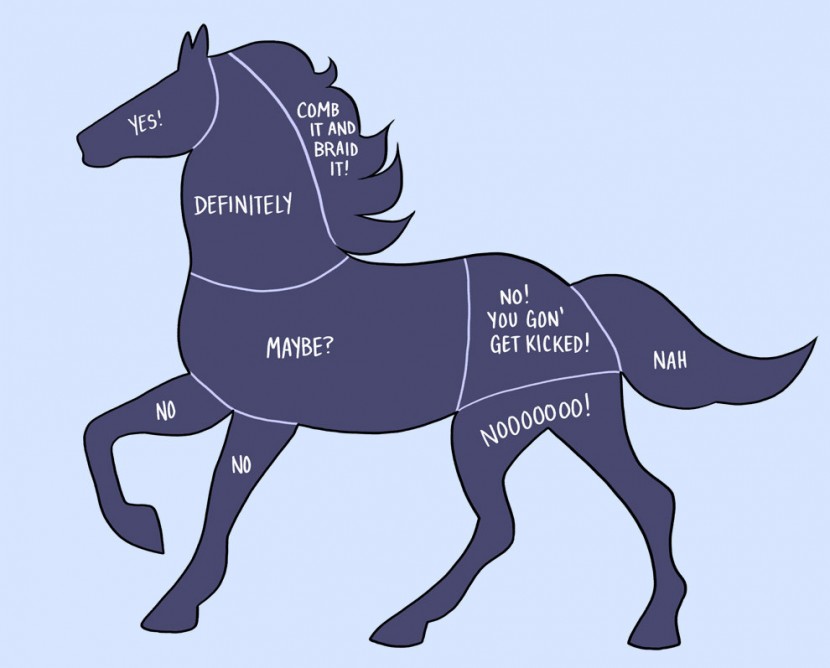How Do You Pet a Horse
Guide or Summary:Understanding Equine AnatomyBuilding Trust and ConnectionApproaching the HorsePetting the HorsePetting a horse can be an incredibly rewardi……
Guide or Summary:
Petting a horse can be an incredibly rewarding experience, providing a unique bonding opportunity that many horse enthusiasts cherish. However, if you're new to horse care or simply curious about how to interact with these majestic animals, it's essential to approach the process with care and respect. In this comprehensive guide, we'll delve into the art of horse petting, covering everything from the basics of equine anatomy to the nuances of building a trusting relationship with your equine friend.
Understanding Equine Anatomy
Before you reach out to pet a horse, it's crucial to understand the different parts of their anatomy. Horses have sensitive skin and prefer to be touched on certain areas rather than others. Here are some key points to keep in mind:
- **Nose:** Horses love having their noses scratched, but be gentle and avoid the sensitive area around their eyes.
- **Ears:** Gently running your fingers through their ears can be very soothing, but avoid tugging or pulling.
- **Neck:** The neck is a favorite spot for many horses, but be cautious not to touch the sensitive area behind their ears.
- **Top of the Head:** This can be a great spot to pet a horse, but be mindful of their facial features and avoid touching their mouth or eyes.

Building Trust and Connection
Establishing a trusting relationship with your horse is crucial before you start petting them. Here are some tips for building that bond:
- **Spending Time Together:** Regularly spending time with your horse, whether it's through grooming, feeding, or simply being present, helps them become accustomed to your presence.
- **Positive Reinforcement:** Use treats, praise, and gentle touch to reward your horse's behavior. This reinforces positive interactions and helps them associate your touch with positive experiences.
- **Patience and Consistency:** Patience is key when building trust. Be consistent in your interactions and avoid sudden movements or loud noises that could startle your horse.
Approaching the Horse
When it comes to petting a horse, it's important to approach them with caution and respect. Here are some tips to ensure a smooth interaction:

- **Approach Slowly:** Approach your horse from the side, not from the front or back, to avoid startling them. Stand calmly and let them approach you if they choose.
- **Use a Calming Voice:** Speaking in a soft, calm voice can help soothe your horse and make them more receptive to your touch.
- **Offer a Treat:** Gently offer a treat to your horse before petting them. This can help distract them and make them more comfortable with your touch.
Petting the Horse
Now that you've established trust and approached your horse with care, it's time to pet them. Here are some tips for a successful interaction:
- **Start Gently:** Begin by running your hand over their neck or shoulder, applying gentle pressure. This helps them become accustomed to your touch.

- **Follow Their Lead:** Pay attention to your horse's body language. If they seem uncomfortable or tense, stop petting and give them some space.
- **Be Mindful of Sensitive Areas:** Avoid touching areas that are known to be sensitive, such as the eyes or the area behind the ears.
In conclusion, petting a horse can be a wonderful experience, but it's essential to approach the process with care and respect. By understanding equine anatomy, building trust with your horse, and approaching them with caution, you can create a positive and rewarding interaction that strengthens your bond with your equine friend. Remember, every horse is unique, so take the time to get to know your horse's preferences and quirks, and enjoy the many benefits of horse-human bonding.